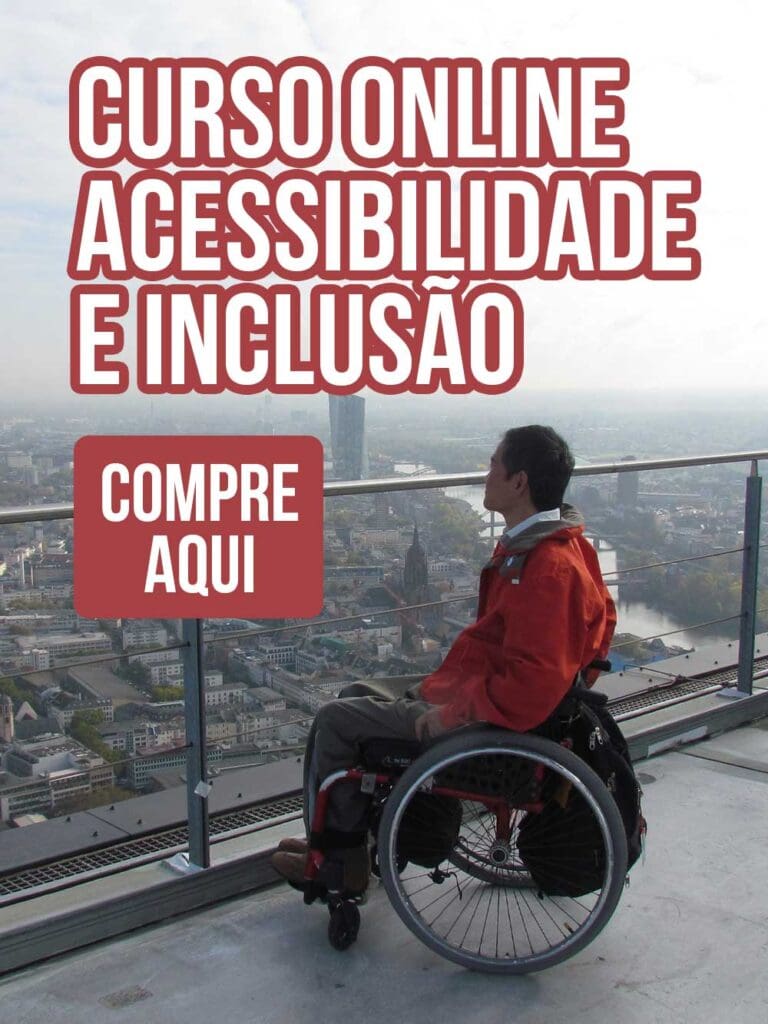At the 2016 Alaska Good Sam Club Rally at Riverside RV Park in Houston on Friday, Two Rivers residents Mark and MaryAnn Carey and MaryAnn’s hearing dog, Jan, testified to the club’s dollars at work through Dogs for the Deaf, an Oregon-based nonprofit that placed Jan with MaryAnn last month.
“She’s working out great,” said MaryAnn’s husband Mark, of Jan.
Partnering in service
Dogs for the Deaf CEO Blake Matray said Jan is the first dog to be placed with a resident of interior Alaska — an accomplishment that would not have been possible without the partnership with Good Sam.
“Across the United States over the 25, 30 years that Dogs for the Deaf has been connected with Good Sams, the total donations from Good Sams … tops over $4 million,” Matray said, to “wows” from the crowd. “We all appreciate that very much.”
Since the organization was founded in 1977, Dogs for the Deaf has been entirely funded by private donations, 10 percent of which can be attributed annually to Good Sam clubs, Matray said. For the 2015 calendar year, the Alaska club ranked 10th in the nation for donations to Dogs for the Deaf. Matray specifically recognized the Northern Lights (Matanuska Valley) and Tundra Rollers (Fairbanks) chapters as “miracle makers” with “Pick of the Litter” and “Canine Friend” awards.
According to Alaska Good Sam Director and Northern Lights chapter member Darwin Fischer, the national club was started on the principle of “helping your fellow man” — much like the parable of the Good Samaritan, in which a religious man stops to help a traveler in trouble. More than its loosely biblical foundation, though, the club has become known simply as a charitable camping and traveling group. (Most members are retired and prefer to journey via RV, but membership is not dictated by age or ownership of an RV.)
Each of the 1,500 state clubs and chapters can choose which charities they support, Fischer said, but Dogs for the Deaf has become the national club’s focus.
“It’s a very reputable organization and it gives everybody a sense of accomplishment when a success story shows up,” he said.
How it works
Matray said it typically takes 4-6 months and about $24,000 to train one dog, at almost no cost to the recipient.
Dogs for the Deaf is based in Oregon, but anyone in the U.S. — and Puerto Rico — can apply for a hearing dog online or by phone for a nonrefundable $50. To determine qualification, applicants must first fill out and read the 24-page application packet, which includes questions regarding home environment, family support and the client’s ability to care for the dog independently on a practical and financial basis. The applicant must also send in a medically based audiogram reflecting their current level of hearing loss, which is then reviewed by audiologists and professionals who work with people who are deaf or hard of hearing.
Next, a Dogs for the Deaf associate conducts and records an in-home interview — with video — of the potential recipient, which is then viewed by more staff back in Oregon.
Meanwhile, up to 22 dogs are being trained at a time on the 40-acre facility, complete with indoor and outdoor runs as well as apartments for the trainers to stay and train the dogs in during their tenure. All dogs are rescue dogs that have been personally deemed suitable for training by Dogs for Deaf staff based on temperament and breed. Matray said the organization does not accept pitbull or rottweiler mixes, for example, due to the public stigma associated with those breeds.
“Some businesses obviously might be hesitant about letting those dogs in, but they’re required to do it under the (Americans with Disabilities) Act, so we try to avoid that. We try to not make it so that it’s difficult for our clients to work with the dog they’ve been given,” Matray said.
Recipients may request specific kinds of dogs in their application, but should know that placement will probably take longer, as the organization may not have a dog in training at the time of application that fits the client’s description.
Matray said it typically takes one year for a dog to be placed with a recipient.
About Jan and MaryAnn
Now a professor of American Sign Language at the University of Alaska Fairbanks, MaryAnn Carey has lived with hearing loss all her life. She said she had had two dogs before Jan, but neither were certified service dogs.
“We’ve trained dogs before … but it’s different having a certified service dog,” MaryAnn’s husband said.
One of the benefits, he said, is that Jan can accompany MaryAnn to school and public places. She’s also been trained to respond to specific types of sounds, like knocking on a door or a phone ringing. In each case, Jan will nudge MaryAnn until she notices, then lead her to the source of the sound, and sit. Jan can even discriminate ringtones so as not to alert her owner unnecessarily, though that sometimes happens. At the rally, for example, she noticed a Good Sam member’s phone buzzing and urged MaryAnn to answer it.
It will take some time for Jan to totally acclimate to her relatively new environment, but so far, MaryAnn said she was very happy for the help and companionship of her new dog.
“She’s been an answer to a real prayer for us,” Mark Carey said.
For more information about the Alaska Good Sam Club and its chapters, visit www.alaskagoodsamclub.com or www.facebook.com/alaskagoodsamclub.
To learn more about Dogs for the Deaf and other service dogs the organization provides, visit www.dogsforthedeaf.org.
Source: Frontiersman



